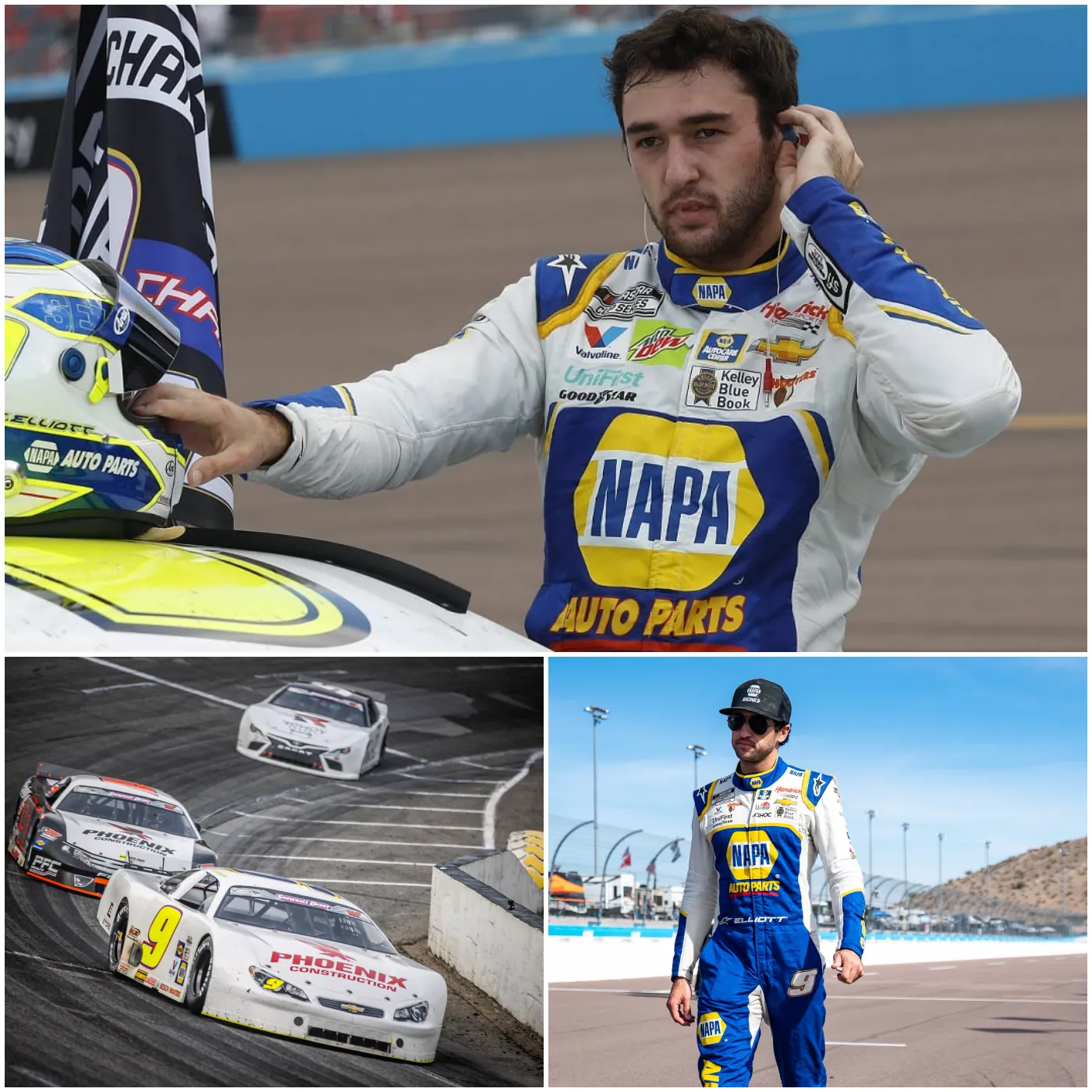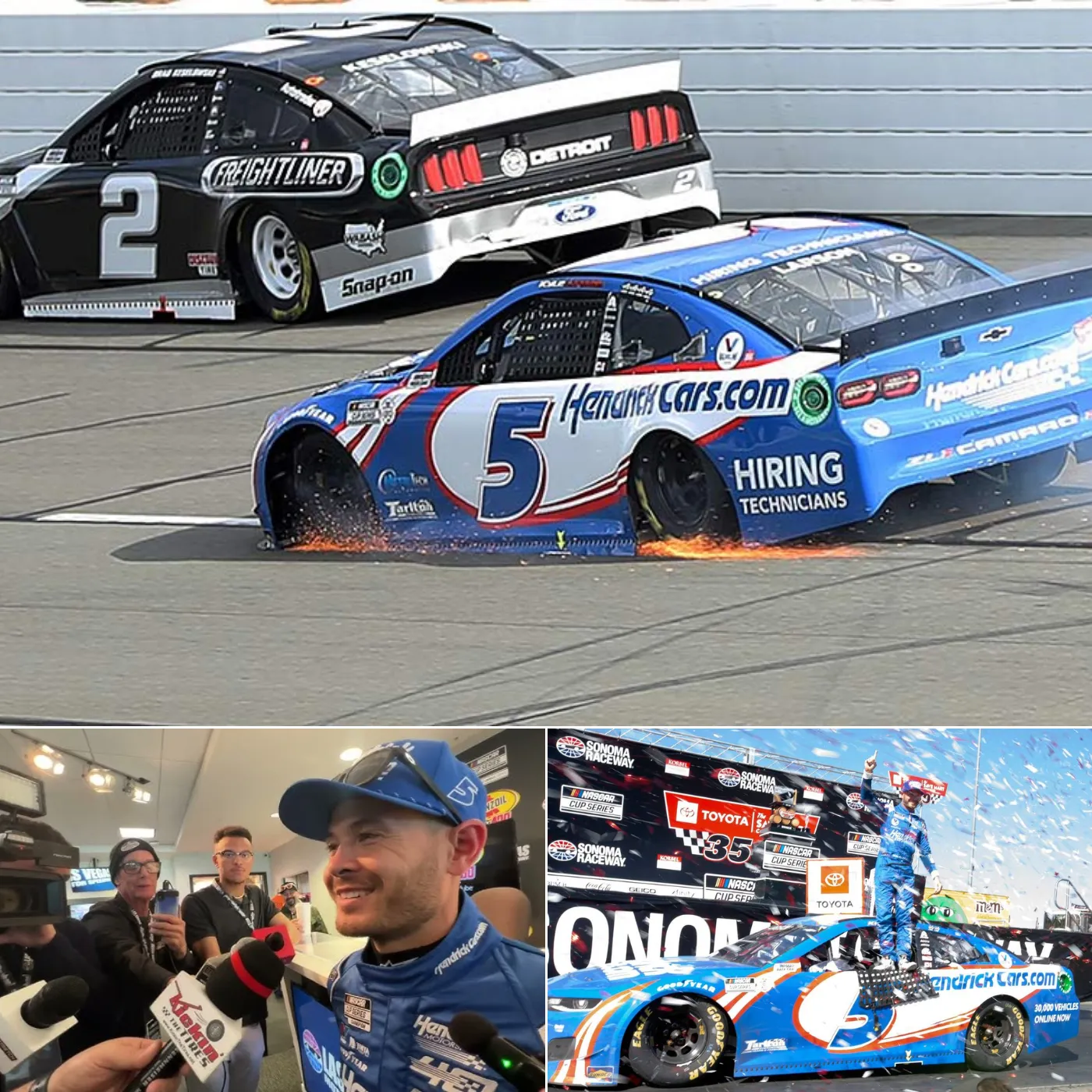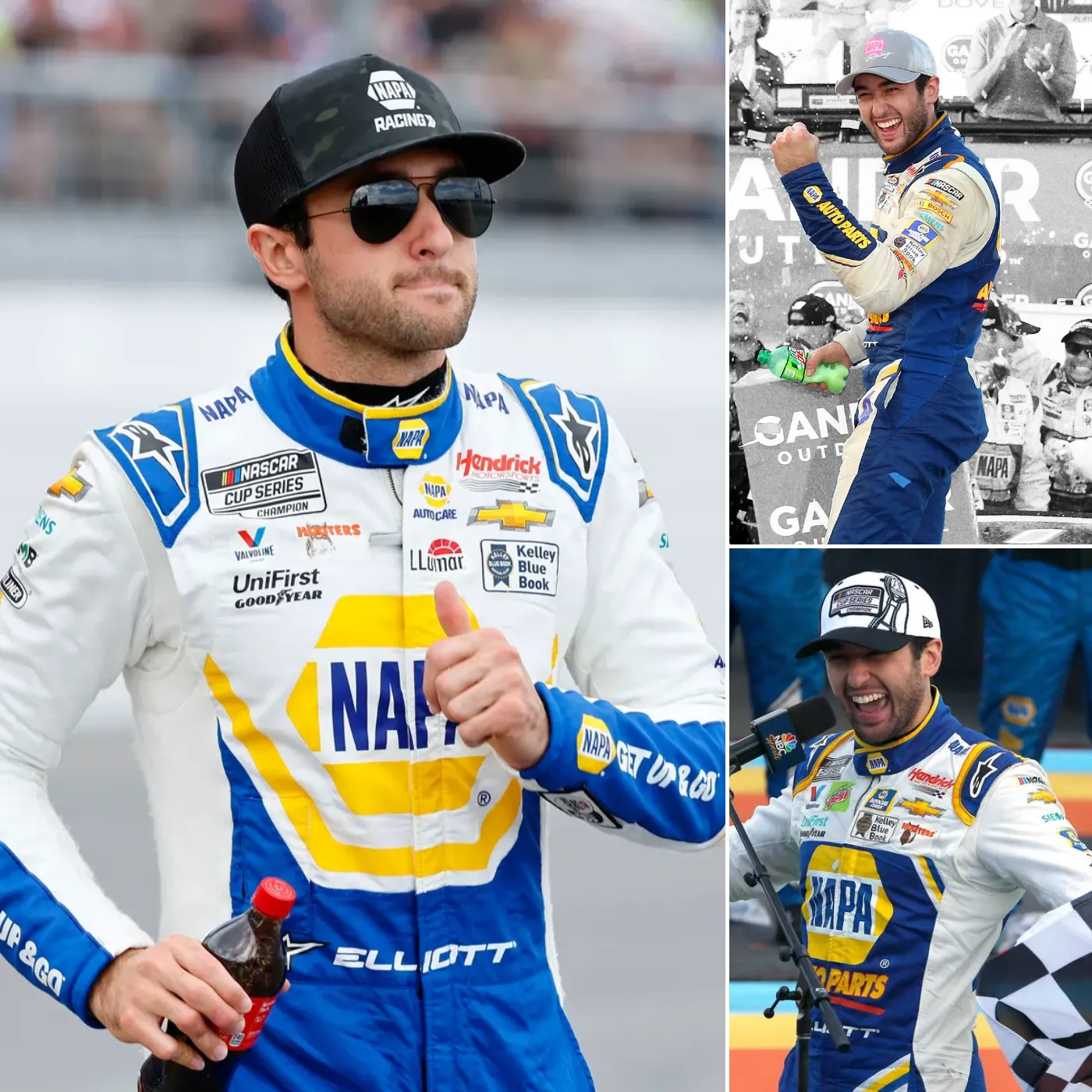Chase Elliott, NASCAR’s most popular driver, has long been known for his ability to handle high-pressure situations and his poise under the most intense racing conditions. However, during the 2024 Snowball Derby, the pressure seemed to be too much for the 2020 NASCAR Cup Series champion. In a shocking turn of events, Elliott appeared to “give up” during one of the most prestigious short-track races, leaving fans and analysts questioning what went wrong. Let’s break down what happened at the Snowball Derby, why the pressure became overwhelming for Elliott, and what lasting impact this moment could have on his career.
The Snowball Derby: A High-Pressure Stage for Any Driver
The Snowball Derby, held annually at Five Flags Speedway in Pensacola, Florida, is considered one of the most prestigious short-track races in the country. The event attracts a star-studded lineup of NASCAR veterans, up-and-coming stars, and local heroes. While not part of the NASCAR Cup Series, the Snowball Derby carries significant prestige and is viewed as a proving ground for drivers.
For Chase Elliott, a Georgia native with a deep-rooted history in short-track racing, the Snowball Derby was not just another race—it was a personal challenge, adding to the already high expectations placed on him. As a fan favorite with a successful track record, many expected Elliott to not only compete but dominate, just as he has on the biggest stages in NASCAR. However, as the race went on, it became clear that Elliott was struggling to keep up with the fierce competition, and the pressure began to take a visible toll on him.

The Moment of Collapse: Elliott “Gives Up”
As the Snowball Derby reached its critical stages, Chase Elliott seemed to lose the competitive edge that has defined his NASCAR career. His car appeared off the pace, and as the laps progressed, Elliott grew visibly frustrated. When the opportunity to contend for a top position slipped away, Elliott seemed to “give up,” pulling off the track.
This move was shocking to fans and analysts alike, as Elliott is known for his relentless, never-give-up attitude on the racetrack. The decision to pull out of a race where many expected him to perform at the highest level left fans questioning what went wrong. Whether it was the car’s handling issues, the relentless pressure from fans and media, or a mental lapse, Elliott’s decision to step away raised questions about the mental and emotional toll of constant scrutiny.
Why Did Elliott “Give Up”? The Pressure and the Mental Toll
While the exact reasons behind Elliott’s decision remain unclear, the mental and emotional toll of living in the spotlight cannot be underestimated. NASCAR drivers are accustomed to the scrutiny, but the expectations on Elliott have reached new heights, particularly as fans demand continued success. The Snowball Derby, although an exhibition, is still a significant race where drivers showcase their versatility and ability to succeed on various types of tracks.
For Chase Elliott, who has already achieved significant success in NASCAR, the pressure to win in every series and on every type of track can be overwhelming. The constant desire to meet fans’ high expectations and to perform perfectly every time can sometimes cloud a driver’s judgment. In Elliott’s case, it appears that the pressure was simply too much, leading him to make the decision that left many fans shocked and questioning how much toll these expectations are taking on him.

A Defining Moment in Elliott’s Career?
Chase Elliott’s decision to “give up” during the Snowball Derby has undoubtedly created a stir in the NASCAR community, with both fans and analysts questioning what went wrong. However, this moment is unlikely to define Elliott’s career. Rather, it serves as a reminder that even the most successful and talented drivers face challenges that go beyond the racetrack. Moving forward, Elliott will need to strike a balance between his competitive drive and the mental fortitude required to handle the pressure of being at the top of his game in NASCAR. This incident serves as a learning experience, showing that even the best drivers are humans and face mental and emotional challenges.



